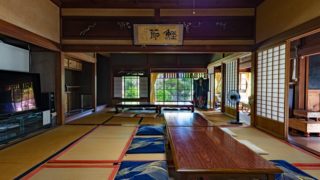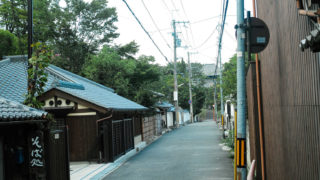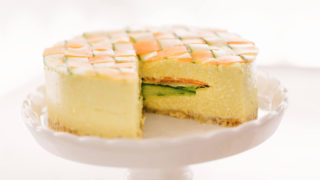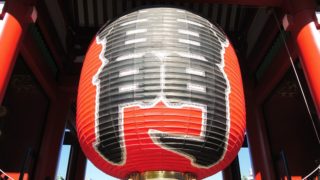 Difference
Difference 【Difference】between になる(ninaru)and くなる(kunaru)which both means ‘become + adjective’
くなる is used with いadjective, and になる is used with なadjective. Let's see some examples.
 Difference
Difference  Difference
Difference  Difference
Difference  Difference
Difference  Difference
Difference  Difference
Difference  Difference
Difference  Difference
Difference  Difference
Difference  Difference
Difference